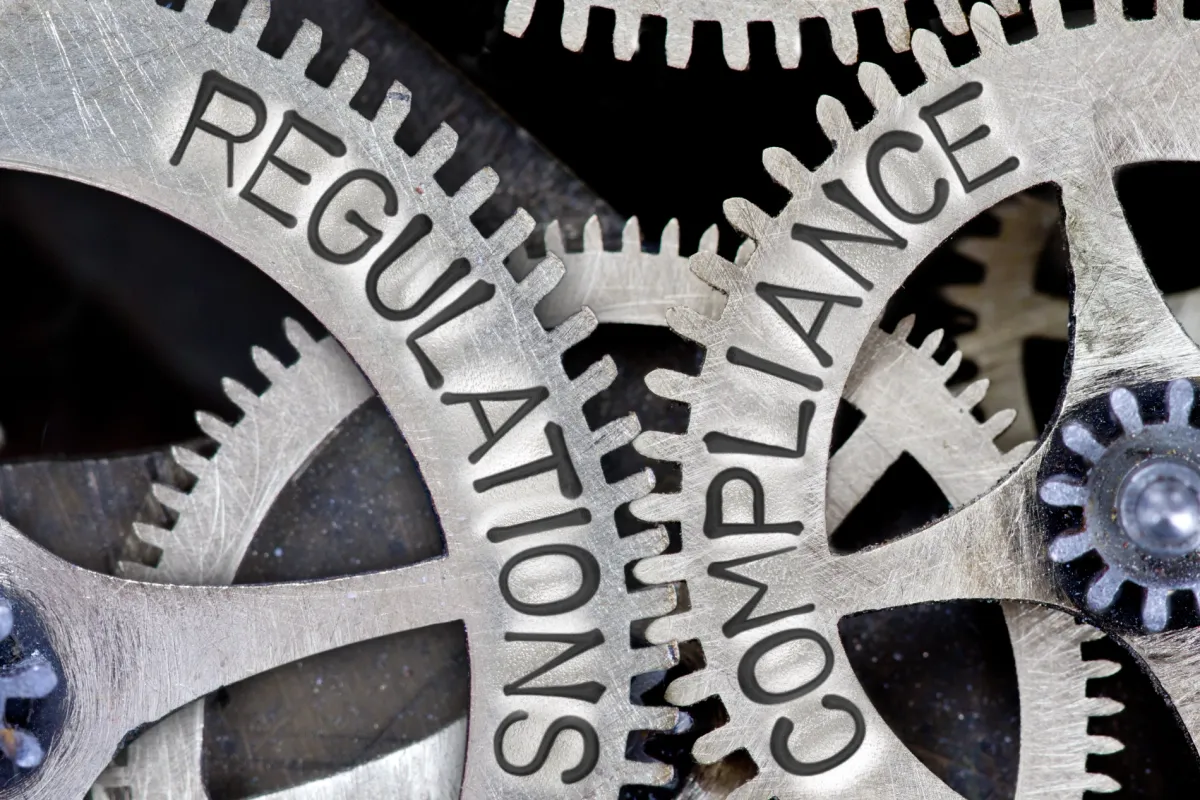Regulatory Compliance for Designers
Most designers don't think about how government regulations affect their work. But by being aware of regulatory requirements designers can show real business value while keeping their clients and themselves on the right side of the law.

In this member-only post I’m going to delve into an important topic but one that’s often overlooked by designers. Senior designers and design leaders in particular need to be familiar with regulatory requirements for their industries and how they apply to their work. I’ll do my best to keep the legalese digestible and engaging.
I’ll also clarify that I’m focusing solely on regulatory compliance in this article. I’m not talking about copyrights, trademarks, accessibility, and so on. Those are all very important, but today I’m covering the stuff that can get you into legal hot water with the government, such as healthcare, banking, and food labeling. Government regulators aren’t known for their senses of humor and it’s in your best interest to avoid drawing their attention.
This article is primarily written for designers based in the United States. Every country has its own laws and regulations, so be sure to understand what applies to your locality.
And finally, I’m not a lawyer and this does not constitute legal advice. It’s a good idea to have your contracts vetted by a lawyer, and of course you should consult one if you have any questions or concerns.
Why Should You Care?
That’s a good question, and in my research I haven’t found any examples of designers or agencies being sued by regulators. But being aware of a client or employer’s regulatory environment shows a higher level of professionalism, especially for design leaders. It shows that you are knowledgeable, engaged, and that you understand the challenges they face. Also, accounting for regulatory needs can speed the client review process while eliminating rework and errors. They like that.
And even if you aren’t directly held responsible for a problem or regulatory finding, you’re better off not even being involved. Yes, you can point at the client’s lawyers and try to blame them, but it’s still a bad look.
